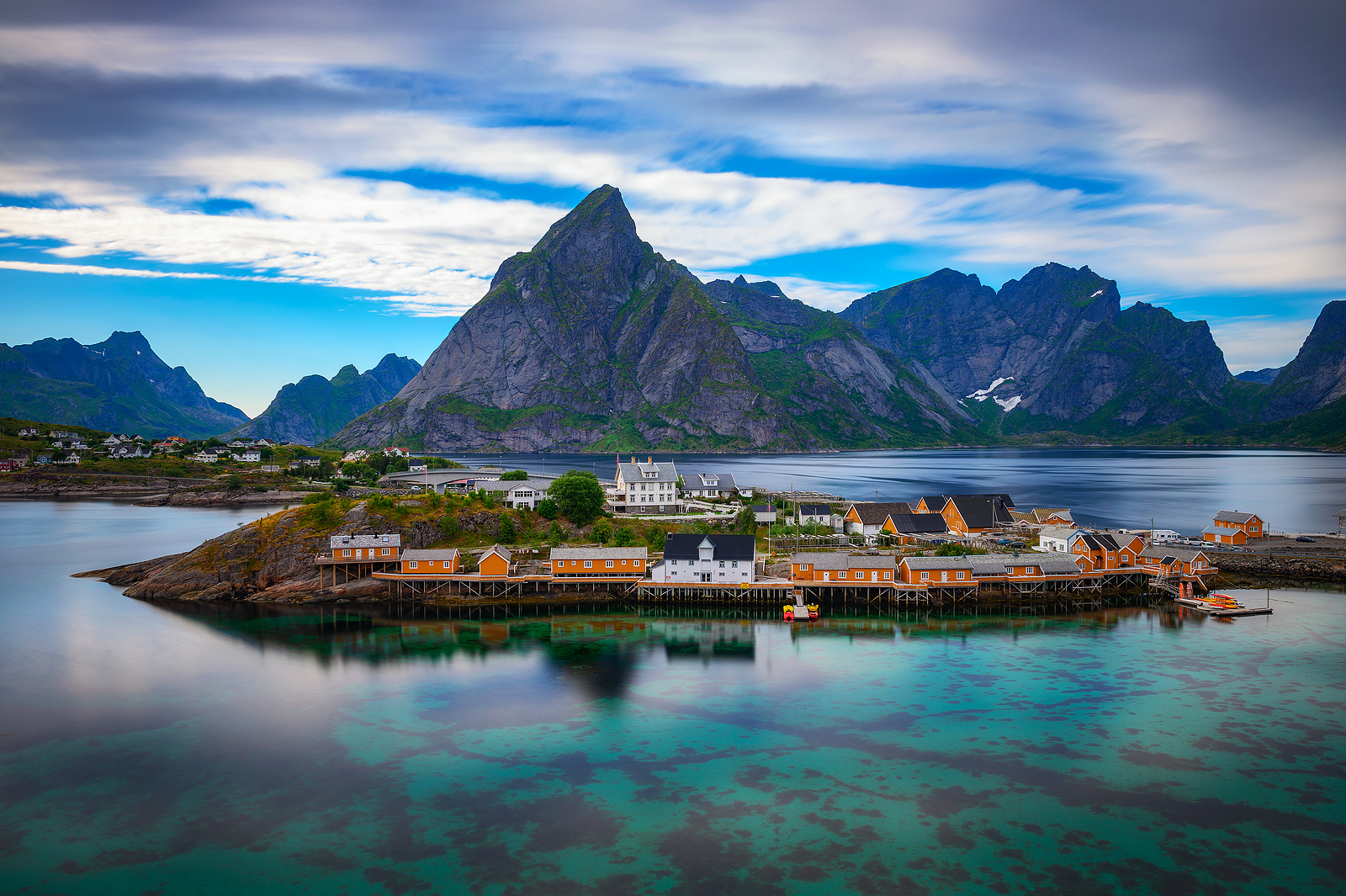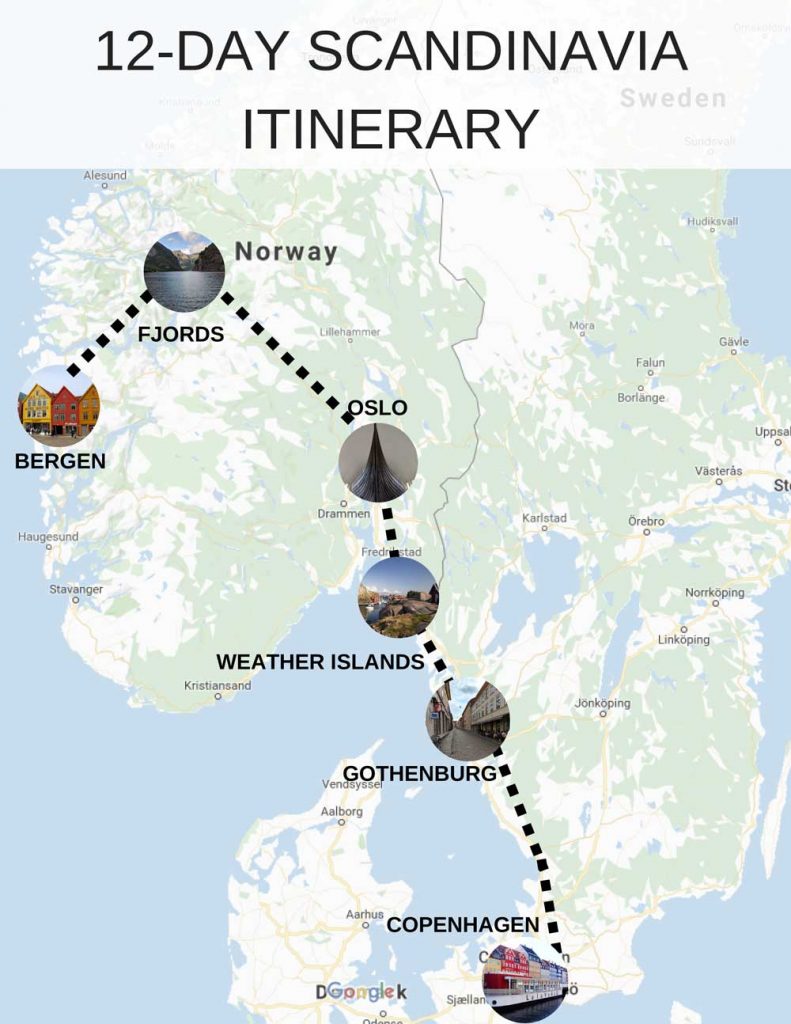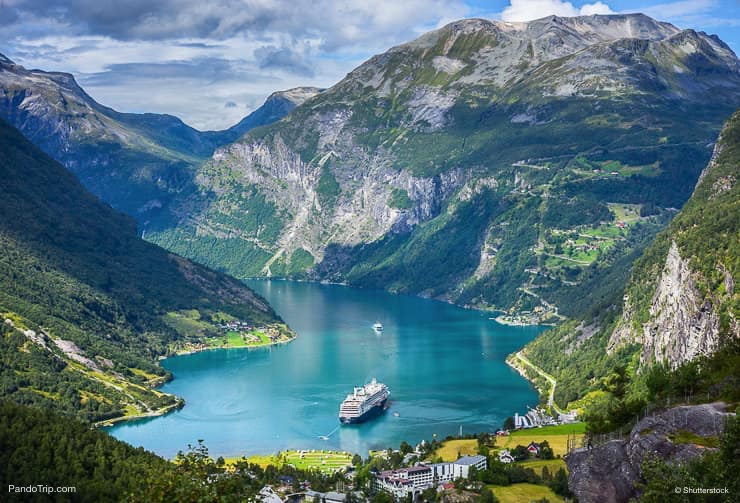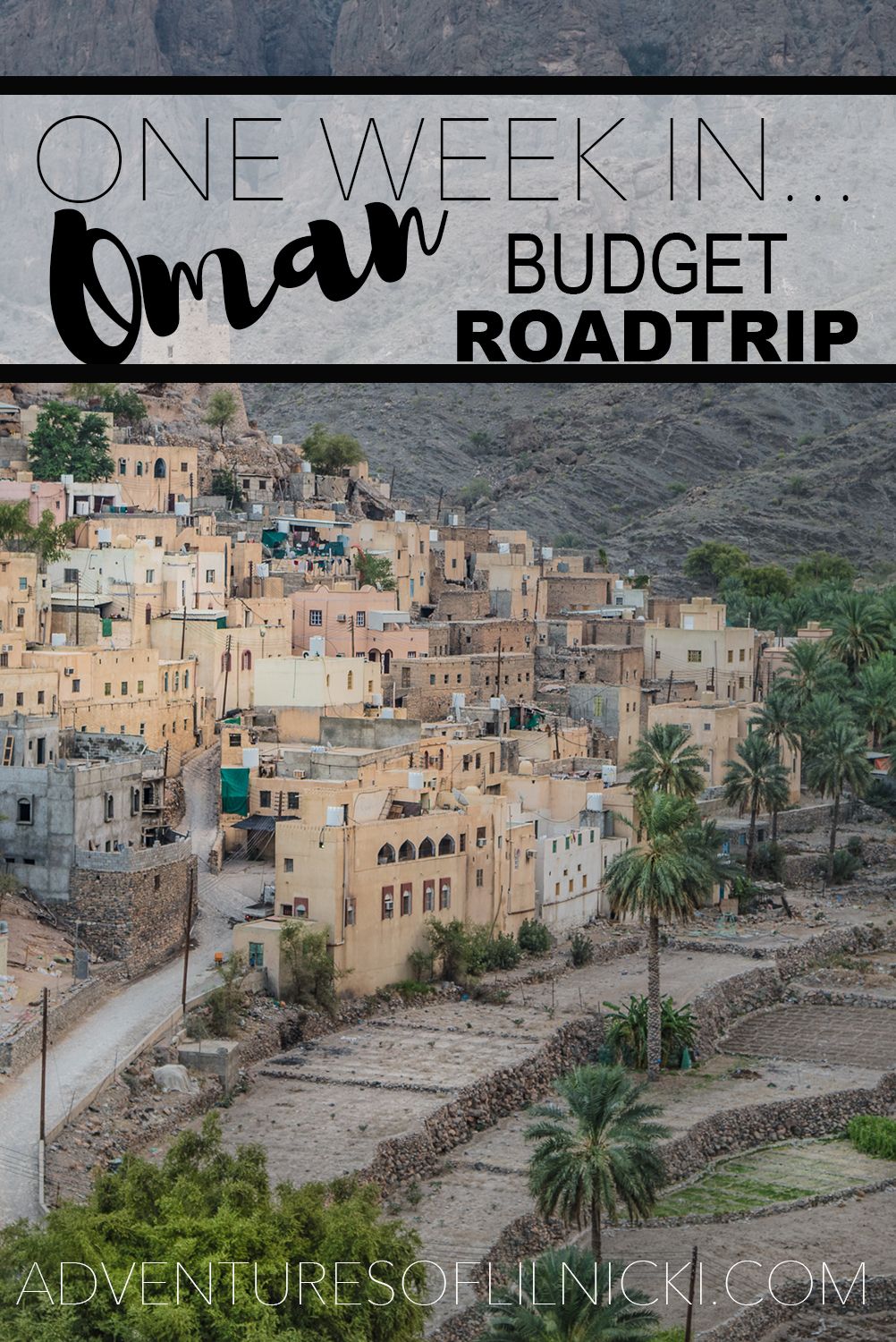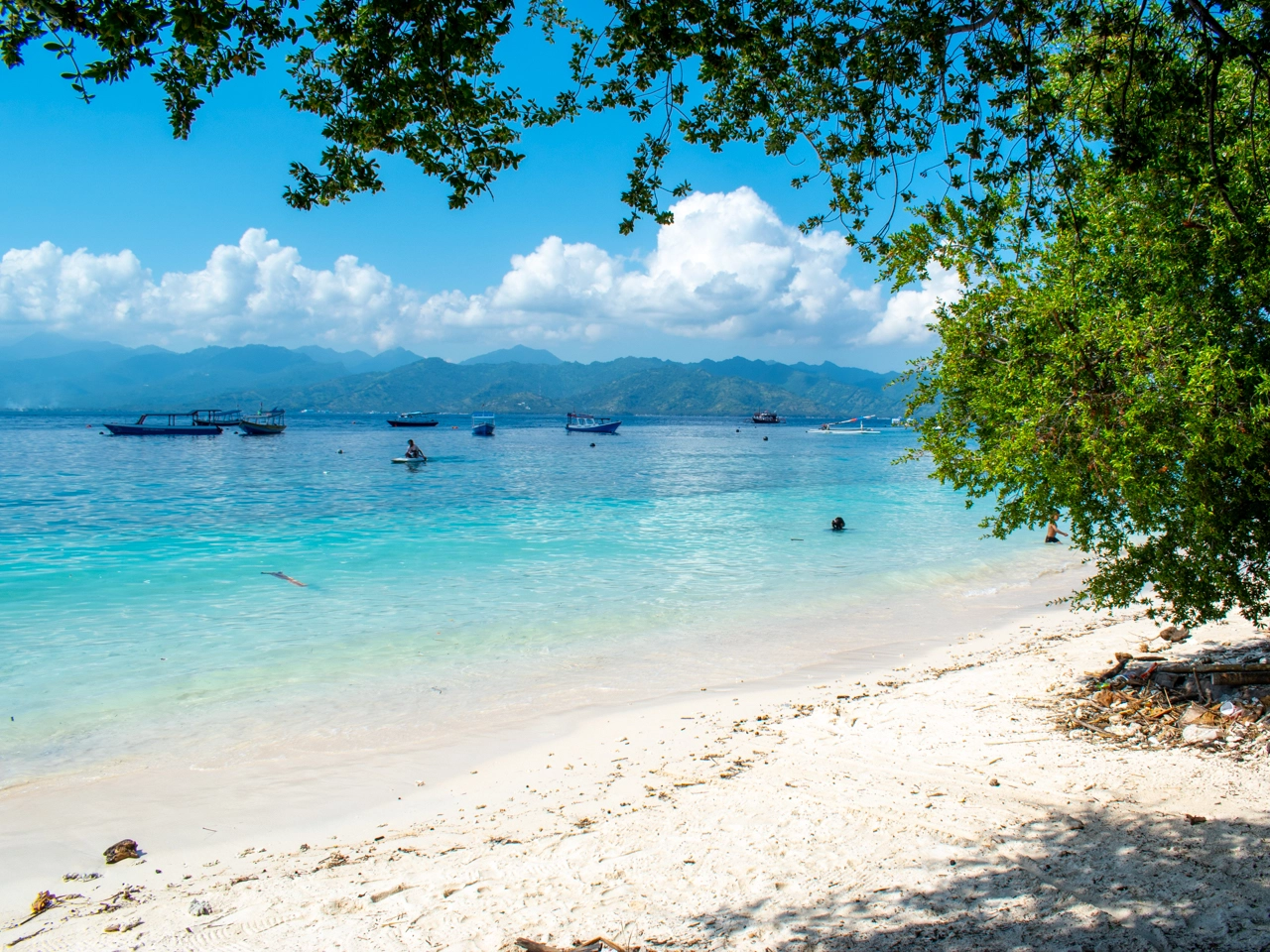
The Gili Islands, a trio of coral-fringed jewels nestled off the coast of Lombok, Indonesia, have long held a siren song for travelers seeking sun-kissed beaches, turquoise waters, and a laid-back island vibe. These car-free havens offer a welcome escape from the hustle and bustle of modern life, inviting visitors to unwind, explore, and connect with nature. This comprehensive guide delves into everything you need to know about the Gili Islands, from their fascinating history to practical travel tips, ensuring your own slice of paradise is just a ferry ride away.
A Glimpse into the Past: The History of the Gili Islands
The Gili Islands, comprising Gili Trawangan (the largest), Gili Meno (the quietest), and Gili Air (a blend of both), weren’t always the popular tourist destinations they are today. Their history is interwoven with the broader story of Lombok and the surrounding archipelago.
Related Articles about Unveiling Paradise: Your Ultimate Guide to the Gili Islands:
- Bangkok’s Crown Jewels: A Comprehensive Guide to the City’s Top Hotels and the Metropolis They Grace
- A Journey Through Time and Taste: Your Ultimate Guide to Italy
- Yogyakarta: A Journey Through Java’s Soul and Enchantment
- Mount Rinjani: A Majestic Ascent into Lombok’s Heart
- Lisbon: A City Steeped in History, Bathed in Sunlight, and Bursting with Charm
For centuries, the islands were largely uninhabited, serving as a fishing ground and a stopover for sailors navigating the Indonesian seas. Their strategic location along trade routes meant they saw occasional visitors, but development was minimal.
The earliest inhabitants were likely fishermen from Lombok, who utilized the islands for their rich marine resources. Coconut plantations gradually took root, becoming a significant part of the local economy.
The modern history of the Gili Islands began to unfold in the 1980s. A handful of adventurous backpackers stumbled upon their pristine beaches and crystal-clear waters, recognizing the islands’ potential for tourism. They spread the word, and slowly, the Gili Islands began to attract more visitors.
The 1990s witnessed the gradual development of infrastructure to cater to the growing influx of tourists. Simple bungalows and guesthouses sprang up, offering budget-friendly accommodations. The emphasis was on a relaxed, bohemian atmosphere, a stark contrast to the more developed tourist areas elsewhere in Bali and Lombok.
The islands experienced a significant setback in 2018 when a series of earthquakes struck Lombok and the surrounding areas. The damage to infrastructure and accommodation was considerable. However, the resilient spirit of the local community shone through, and the Gili Islands quickly began to rebuild, demonstrating their unwavering appeal and commitment to welcoming visitors back to their shores. Today, the islands have recovered and are thriving, offering a unique blend of natural beauty, cultural authenticity, and sustainable tourism practices.
Discovering the Allure: Main Attractions and Activities
The Gili Islands offer a diverse range of activities, catering to both relaxation seekers and adventure enthusiasts. Here are some of the main attractions:
- Snorkeling and Diving: The underwater world surrounding the Gili Islands is a kaleidoscope of color and life. Coral reefs teeming with vibrant fish, turtles, and even reef sharks are readily accessible. Gili Trawangan is particularly known for its diverse dive sites, catering to all skill levels. Gili Meno is famed for its "Meno Wall" dive site and the underwater statues known as the "Nest." Gili Air offers excellent snorkeling opportunities right off the beach. Numerous dive centers and snorkeling operators offer tours and equipment rentals.
- Beaches and Relaxation: Each island boasts its own unique charm when it comes to beaches. Gili Trawangan’s west coast is renowned for its sunset views and vibrant beach bars. Gili Meno offers secluded stretches of sand, perfect for escaping the crowds. Gili Air provides a more laid-back atmosphere with a variety of beachfront cafes and restaurants. Simply lounging on the sand, soaking up the sun, and listening to the gentle lapping of the waves is a quintessential Gili Islands experience.
- Island Hopping: Explore the different personalities of each island. Take a boat trip from one island to another, experiencing the contrasting vibes. Enjoy the livelier atmosphere of Gili Trawangan, the tranquility of Gili Meno, and the balanced charm of Gili Air.
- Sunset Watching: The Gili Islands are famous for their breathtaking sunsets. Find a beachfront bar, order a refreshing cocktail, and watch the sky transform into a canvas of vibrant hues as the sun dips below the horizon. The west coast of Gili Trawangan is the prime spot for this spectacle.
- Cycling: With no motorized vehicles allowed, cycling is a popular mode of transportation. Rent a bicycle and explore the islands at your own pace, discovering hidden coves, local villages, and scenic viewpoints.
- Yoga and Wellness: Several yoga studios and wellness centers offer classes and retreats, providing an opportunity to unwind, rejuvenate, and connect with your inner self.
- Water Sports: Kayaking, paddleboarding, and surfing (depending on the season and swell) are all available on the islands.
- Turtle Sanctuaries: Gili Meno is home to a turtle sanctuary where you can learn about the conservation efforts and see baby turtles.
Practical Pointers: Travel Tips for a Seamless Experience
Planning a trip to the Gili Islands? Here are some essential travel tips to help you make the most of your adventure:
- Getting There: The primary gateways to the Gili Islands are Bali and Lombok. From Bali, you can take a fast boat from various locations, including Sanur, Padang Bai, and Serangan. The journey typically takes around 1.5 to 2 hours. From Lombok, you can take a public ferry from Bangsal harbor or a fast boat from various locations. The public ferry is a more affordable option but can be crowded and less comfortable.
- Accommodation: The Gili Islands offer a wide range of accommodation options, from budget-friendly hostels and guesthouses to luxurious villas and resorts. Book in advance, especially during peak season (July-August and December-January).
- Cash is King: ATMs are available on Gili Trawangan, but they can sometimes be unreliable and may charge high fees. It’s advisable to bring enough cash with you, especially if you plan to visit Gili Meno or Gili Air, where ATM access is limited.
- No Motorized Vehicles: The absence of cars and scooters is one of the islands’ defining characteristics. Transportation is primarily by foot, bicycle, or horse-drawn cart (cidomo). Embrace the slow pace and enjoy the freedom of car-free travel.
- Respect the Environment: The Gili Islands are a fragile ecosystem. Help protect the environment by:
- Using reef-safe sunscreen.
- Avoiding single-use plastics.
- Disposing of waste responsibly.
- Respecting marine life.
- Supporting eco-friendly businesses.
- Stay Hydrated: Drink plenty of water, especially in the tropical climate.
- Bargaining: Bargaining is common in local markets and for services like cidomo rides.
- Pack Light: You’ll be carrying your luggage around, so pack light and consider using a backpack.
- Power Outages: Power outages are occasionally experienced. Consider bringing a power bank for your devices.
- Medical Facilities: Medical facilities are basic on the islands. For serious medical issues, you may need to be evacuated to Lombok or Bali. Consider travel insurance that covers medical emergencies.
Choosing the Best Time to Visit:
The Gili Islands enjoy a tropical climate with two distinct seasons:
- Dry Season (May to September): This is the peak season, offering the best weather conditions. Expect sunny skies, calm seas, and low humidity. However, prices are higher, and the islands can be more crowded.
- Wet Season (October to April): The wet season brings occasional rainfall, higher humidity, and the possibility of choppy seas. However, the rain often comes in short bursts, and the islands are generally less crowded, making it a good time for budget travelers.
Hotel Haven: Nearby Hotel Recommendations
The Gili Islands offer a diverse selection of accommodations. Here are some recommendations, categorized by island and budget:
Gili Trawangan:
- Luxury:
- The Beach House Resort: Offers beachfront villas and suites with a private pool.
- Aston Sunset Beach Resort – Gili Trawangan: Stylish rooms, infinity pool, and sunset views.
- Mid-Range:
- PinkCoco Gili Trawangan: Chic and stylish beachfront hotel.
- Gili Eco Villas: Sustainable villas with a focus on eco-tourism.
- Budget:
- Gili Backpackers Hostel: Social hostel with dorms and private rooms.
- Gili Castle: Budget-friendly guesthouse with a pool.
Gili Meno:
- Luxury:
- Meno House: Private villas with direct beach access.
- Avani Gili Meno: Luxurious resort with bungalows and villas.
- Mid-Range:
- Meno Mojo Beach Resort: Beachfront bungalows with a relaxed vibe.
- Diana’s Beach Bungalows: Charming bungalows with a peaceful atmosphere.
- Budget:
- Rumah Sasa: Basic but comfortable bungalows with a friendly atmosphere.
- Kontiki Bungalows: Budget-friendly bungalows in a quiet location.
Gili Air:
- Luxury:
- Hotel Ombak Paradise: Beachfront villas with a private pool.
- Manta Dive Gili Air: Boutique resort with diving facilities.
- Mid-Range:
- Sunrise Resort Gili Air: Beachfront bungalows with stunning views.
- Gili Air Lagoon Resort: Bungalows around a beautiful lagoon.
- Budget:
- Begadang Bungalows: Basic but clean bungalows with a relaxed vibe.
- Gili Air Hostel: Social hostel with dorms and private rooms.
Culinary Delights: Exploring the Local Food Scene
The Gili Islands boast a vibrant culinary scene, offering a delightful mix of Indonesian and international flavors. Here are some local food experiences you shouldn’t miss:
- Fresh Seafood: Indulge in grilled fish, prawns, and other seafood, freshly caught and cooked to perfection. Many restaurants offer daily catches.
- Nasi Goreng and Mie Goreng: These Indonesian staples are available everywhere and are a delicious and affordable option.
- Sate (Satay): Grilled skewers of marinated meat, served with a peanut sauce.
- Gado-Gado: A flavorful Indonesian salad with vegetables, tofu, tempeh, and a peanut sauce dressing.
- Local Warungs: Explore the small, family-run warungs (local restaurants) for authentic Indonesian dishes at budget-friendly prices.
- Smoothie Bowls and Fresh Juices: Enjoy refreshing smoothie bowls and fresh juices, perfect for a tropical climate.
- Western Cuisine: The islands also offer a variety of Western restaurants, serving everything from pizzas and burgers to pasta and salads.
- Cooking Classes: Consider taking a cooking class to learn how to prepare some of the delicious Indonesian dishes yourself.
Navigating the Islands: Transportation Options
With no motorized vehicles allowed, transportation on the Gili Islands is simple and eco-friendly:
- Walking: The best way to explore the islands is by foot. Everything is within walking distance.
- Bicycles: Rent a bicycle and explore at your own pace.
- Cidomo: Horse-drawn carts, the traditional mode of transport on the islands, are available for short distances. Negotiate the price beforehand.
- Boats: Water taxis are available for getting between the three islands.
Conclusion: Embrace the Island Life
The Gili Islands offer a unique and unforgettable travel experience. Whether you’re seeking relaxation, adventure, or cultural immersion, these islands have something to offer. By following this guide, you’ll be well-prepared to navigate the islands, discover their hidden gems, and create lasting memories. So pack your bags, embrace the slow pace of life, and prepare to be enchanted by the beauty and charm of the Gili Islands. Your paradise awaits!


